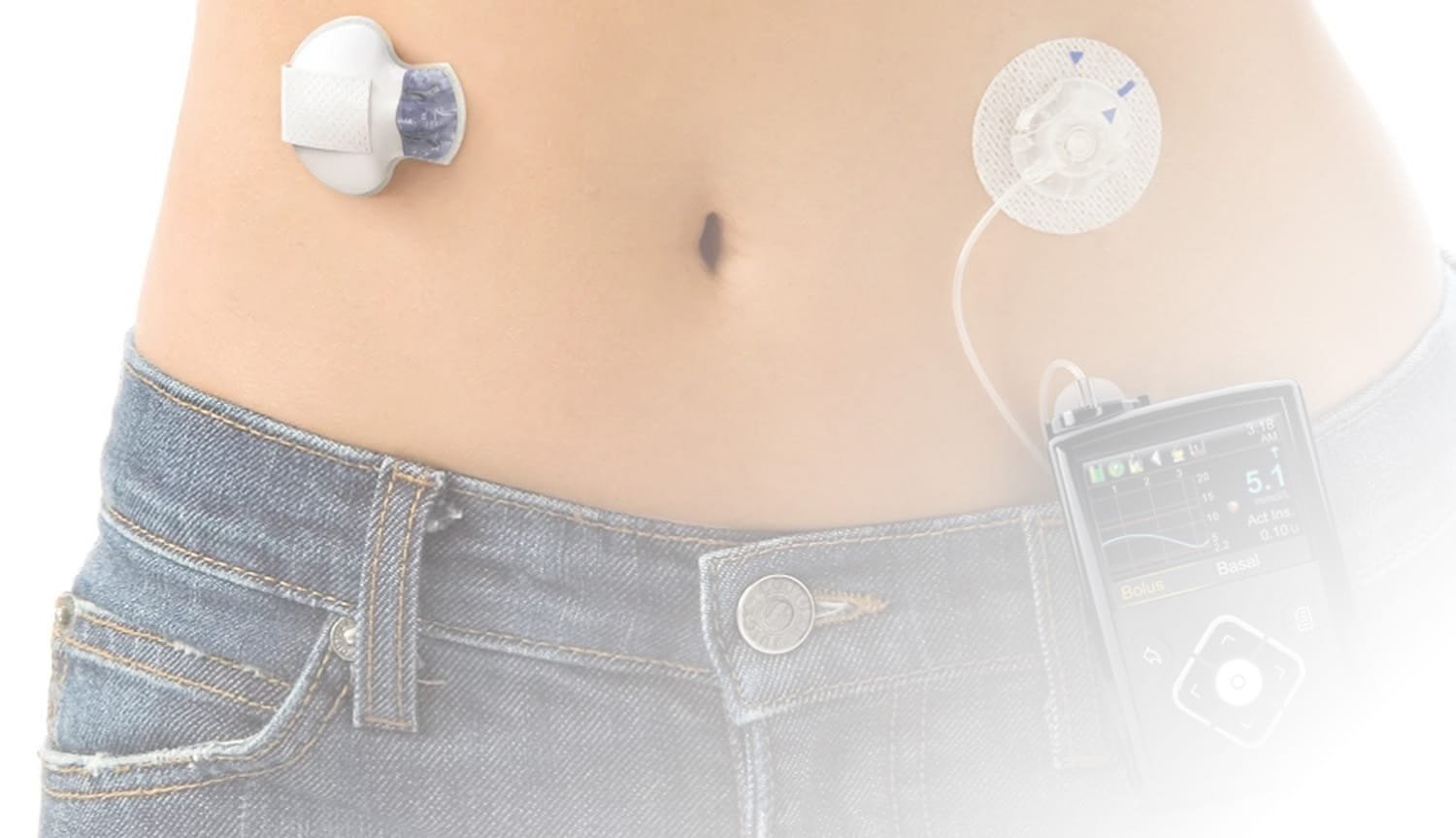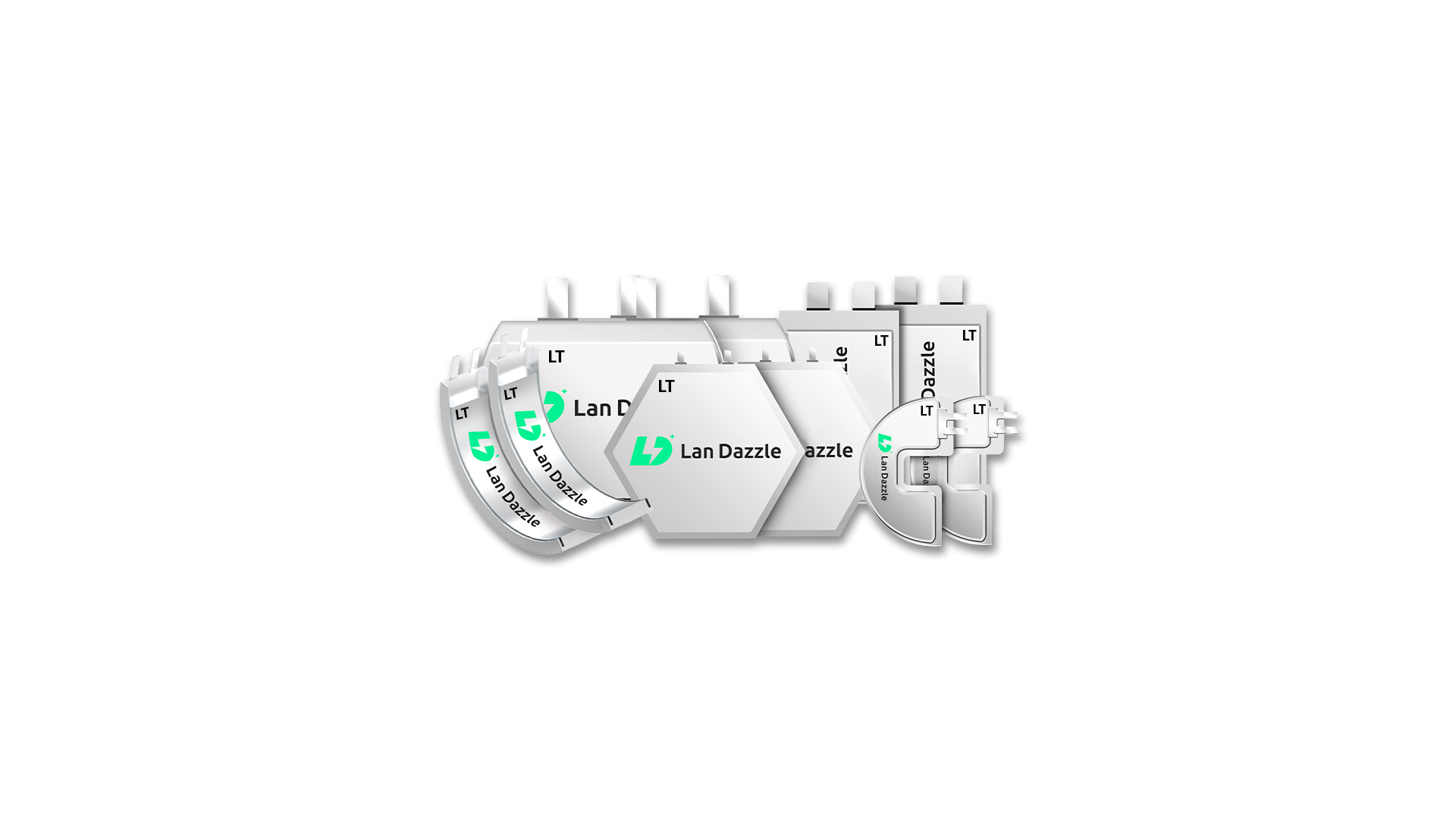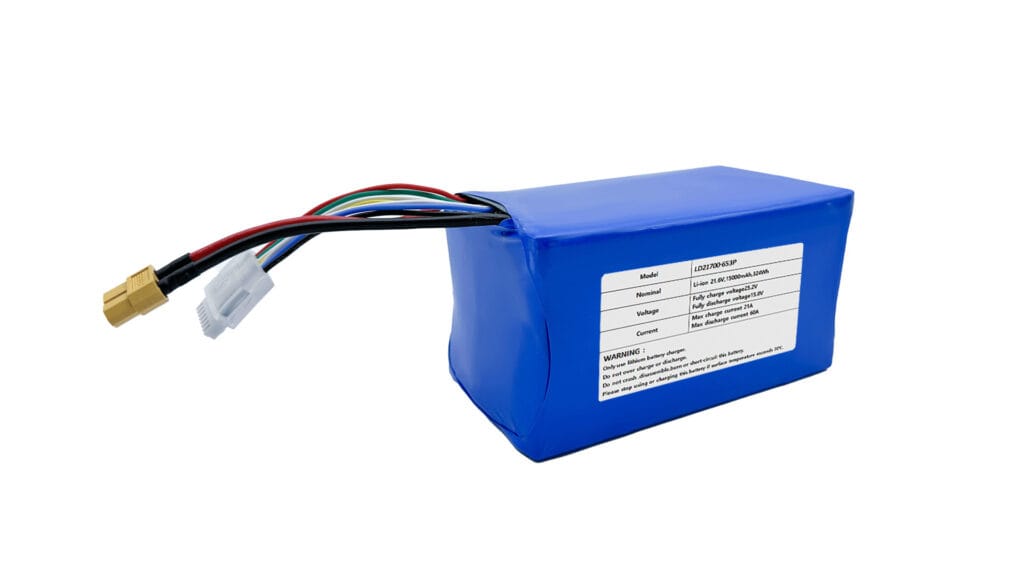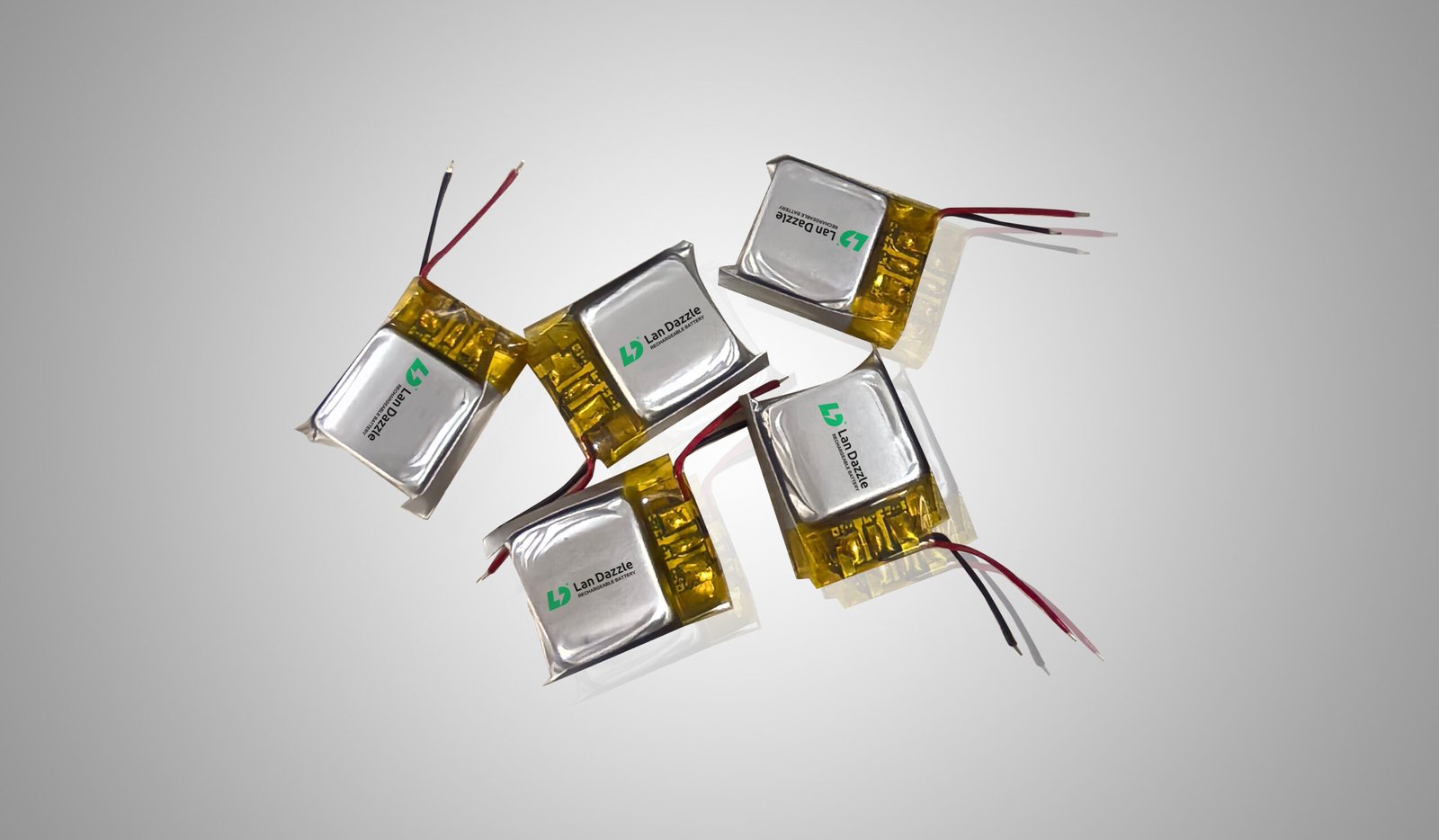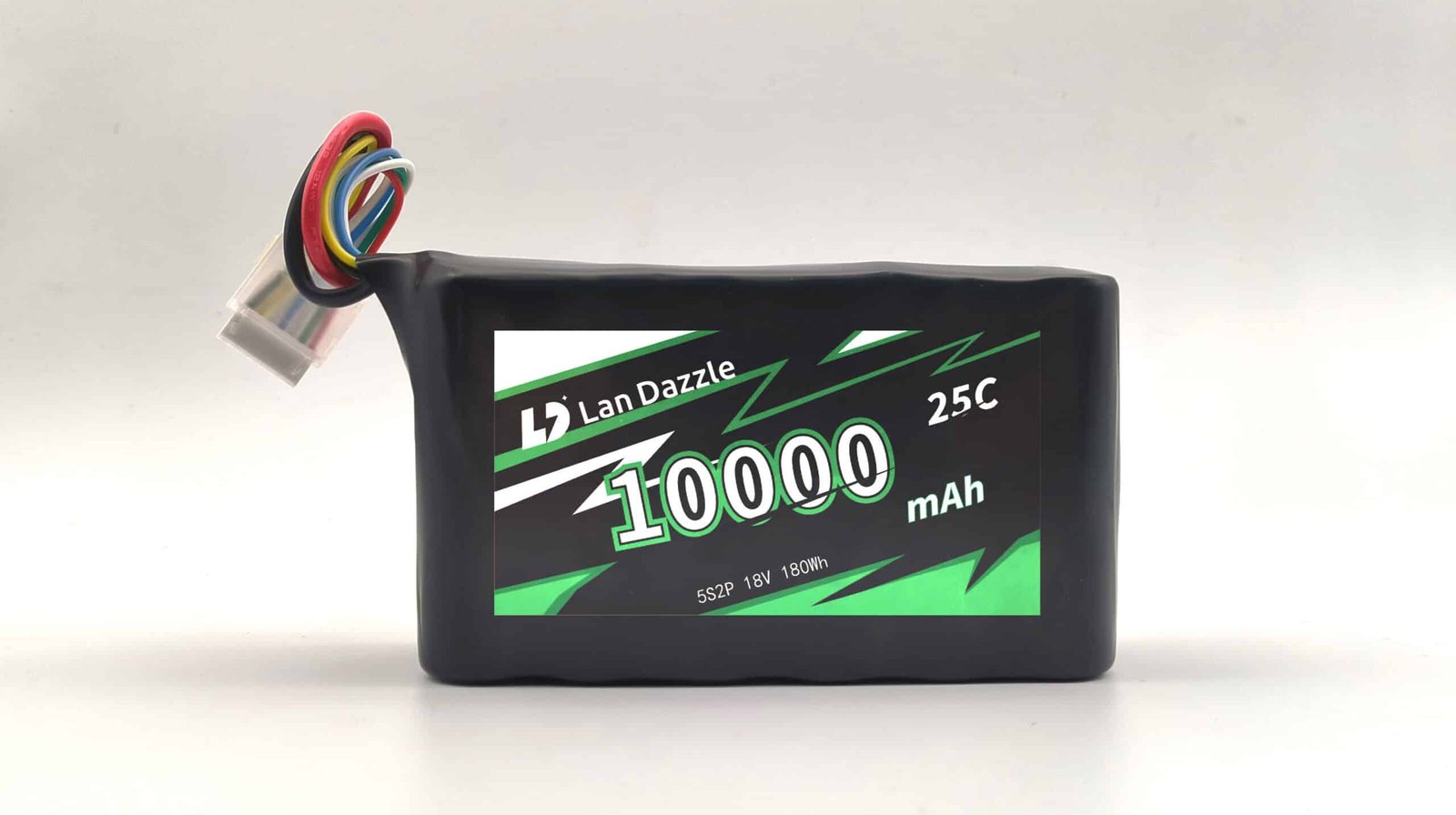In the intricate world of healthcare, where precision, reliability, and continuous operation are paramount, the humble battery plays an extraordinary and often unseen role. From the life-sustaining rhythm of a pacemaker to the immediate insights provided by a portable ultrasound machine, virtually every medical device relies on a dedicated power source. But unlike the batteries in your remote control or smartphone, those in medical devices face a far more demanding set of challenges, governed by stringent safety standards and highly specialized applications.
This article delves into the fascinating world of medical device batteries, exploring what batteries are used in medical devices, understanding why these power sources are so critical, and looking ahead to the future of energy solutions in medicine.
The Unseen Powerhouse: Why Batteries are Crucial for Medical Devices
Batteries in medical devices are far more than just energy providers; they are integral components dictating functionality, mobility, and, most critically, patient safety.
Ensuring Patient Safety and Mobility
In critical situations, a medical device’s dependable power source can mean the difference between life and death. Imagine an emergency ventilator losing power during transport, or a cardiac monitor failing during a delicate surgical procedure. The reliability of batteries in such scenarios is non-negotiable. Beyond emergencies, batteries enable the growing trend of portable and home healthcare, allowing patients to manage conditions remotely, receive diagnostics at their bedside, and maintain a higher quality of life outside traditional hospital settings. This mobility is powered by compact, reliable energy.
Stringent Requirements: Beyond Consumer Batteries
The demands placed on medical device batteries far exceed those of consumer electronics. They must operate flawlessly under extreme conditions, often for extended periods, and sometimes within the human body. Key considerations include:
- Reliability: Consistent performance without unexpected failures.
- Güvenlik: Minimizing risks of overheating, leakage, or explosion, especially critical for implantables.
- Uzun ömürlü: Providing power for years or even decades, particularly for implanted devices.
- Sterilization Compatibility: Batteries for surgical tools or devices used in sterile environments must withstand sterilization processes.
- Biocompatibility: For implantable devices, the battery casing and materials must be non-toxic and non-reactive with human tissue.
- Regulatory Scrutiny: Devices and their components, including batteries, undergo rigorous testing and approval processes by bodies like the U.S. Food and Drug Administration (FDA Medical Device Regulations and Guidance) and the European Union’s CE marking (Medical Device Regulation – MDR).
The Impact of Power on Device Functionality
The choice of battery directly influences a device’s performance envelope. A continuous glucose monitor requires stable, low-power delivery over days, while a powered surgical saw demands high-pulse power for a few seconds. An implantable defibrillator needs years of standby power with the capacity for instantaneous high-energy discharges. Understanding these varied demands is key to appreciating the diverse battery chemistries employed.
What Batteries Are Used in Medical Devices
The medical device industry leverages a range of battery chemistries, each chosen for its unique advantages in energy density, longevity, discharge characteristics, and safety profile.
Lithium-Based Rechargeable Batteries: The Modern Workhorse
This category encompasses Lityum-İyon (Li-ion) ve Lityum Polimer (LiPo) batteries, both renowned for their high energy density and excellent power output, making them ideal for frequently used portable medical devices.
-
Lithium-Ion (Li-ion) Batteries:
- Önemli Noktalar: High energy density (typically 150-250 Wh/kg), rechargeable, wide voltage range, relatively lightweight. Utilize a liquid electrolyte.
- Uygulamalar: Widely used in portable medical devices like oxygen concentrators, infusion pumps, mobile diagnostic equipment (like handheld ultrasounds), electric wheelchairs, and many wearable health monitoring devices.
- Considerations: Require sophisticated battery management systems (BMS) to prevent overcharging or overheating. While generally safe, thermal runaway is a potential concern, requiring careful design and quality control in medical applications.
-
Lithium Polymer (LiPo) Batteries:
- Önemli Noktalar: A variant of lithium-ion technology that uses a polymer electrolyte instead of a liquid one. This allows for a more flexible and often thinner packaging, enabling a wider range of form factors (e.g., very thin or custom shapes). Offers good energy density and rechargeability.
- Uygulamalar: Increasingly popular in wearable medical devices, smart patches, thin sensors, and compact portable diagnostic tools where space and form factor are critical design constraints. Their flexibility allows for more innovative device designs.
- Considerations: Similar safety considerations to standard Li-ion, requiring a robust BMS. Can be more susceptible to physical damage if not properly encased due to their softer outer shell.
Primary Lithium Batteries: Long-Lasting & Reliable
Unlike rechargeable lithium batteries, primary (non-rechargeable) lithium batteries are designed for extreme longevity and stable, consistent power output over many years. Two common types in medicine are Lithium-Manganese Dioxide (Li-MnO2) and Lithium-Thionyl Chloride (Li-SOCl2), among others like Lithium-Iodine and Lithium-Silver Vanadium Oxide (Li-SVO).
- Önemli Noktalar: Very high energy density, long shelf life (often 10+ years), stable discharge characteristics, excellent performance across temperature ranges, non-rechargeable.
- Uygulamalar: The preferred choice for critical implantable medical devices such as pacemakers (historically Li-Iodine), implantable cardioverter defibrillators (ICDs), neurostimulators, and some long-term patient monitoring patches. Their non-rechargeable nature simplifies design for long-term implantation, avoiding the need for transcutaneous charging.
- Considerations: Hermetic sealing is crucial to prevent moisture ingress, which can degrade performance. Biocompatibility of the outer casing is vital for direct human contact.
Alkaline Batteries: Familiarity Meets Dependability
Alkaline batteries are the common, cost-effective batteries found in many household items. While offering lower energy density (typically 50-80 Wh/kg) compared to lithium chemistries, their widespread availability and reliability make them suitable for certain medical applications.
- Önemli Noktalar: Cost-effective, widely available, good for low-power applications, excellent shelf life (unactivated), non-rechargeable.
- Uygulamalar: Often found in simple, consumer-oriented medical devices like digital thermometers, basic blood glucose meters, and certain pulse oximeters, particularly those designed for home use where user-replaceable batteries are preferred.
- Considerations: Lower energy density means they are bulkier for the same amount of power compared to lithium. They can also be prone to leakage if left in devices for extended periods after discharge.
Zinc-Air Batteries: Power for Specific Needs
Zinc-air batteries utilize oxygen from the air as a reactant, leading to a very high volumetric energy density (power per unit of volume). They are typically non-rechargeable and are activated by exposing them to air.
- Önemli Noktalar: High energy density by volume, air-activated, stable voltage discharge.
- Uygulamalar: Primarily used in hearing aids, where their compact size and high power output are a significant advantage. Some continuous glucose monitors also leverage this chemistry.
- Considerations: Once activated, their shelf life is limited as they constantly draw oxygen. Performance can be affected by humidity levels.
Other Chemistries & Emerging Technologies
Beyond these dominant types, other chemistries play niche roles or represent the future of medical power:
- Silver Oxide: Offers stable voltage and good energy density in very small sizes, commonly used in small, precision devices like some medical watches or specific hearing aid models.
- Nikel-Metal Hidrit (NiMH): While largely supplanted by Li-ion for many applications, NiMH batteries were previously used in some older rechargeable medical devices due to their robustness.
- Katı Hal Aküleri: An exciting emerging technology promising higher energy density, improved safety (no liquid electrolyte), faster charging, and a wider temperature range. These could revolutionize implantable and wearable devices by offering unprecedented miniaturization and reliability.
- Bio-batteries & Fuel Cells: In early research phases, these technologies aim to generate power from biological processes within the body or from external fuel sources, offering potential for truly sustainable and integrated medical power.
Batteries by Medical Device Type: Tailored Power Solutions
The application dictates the battery. Medical devices are categorized by their functionality and environment, each requiring a specific power solution.
Implantable Devices: The Ultimate Challenge
Devices designed to operate within the human body, such as pacemakers, implantable cardioverter defibrillators (ICDs), and neurostimulators, represent the pinnacle of battery engineering challenge.
- Önemli Noktalar: Absolute reliability, extreme longevity (often 5-15+ years), hermetic sealing (to prevent body fluid ingress and battery material egress), and complete biocompatibility. Battery failure is not an option.
- Battery Type: Predominantly primary lithium chemistries (e.g., Lithium-Iodine, Lithium-CFx, Lithium-SVO), chosen for their stable discharge, long shelf life, and proven track record.
- Example/Case Study: A pacemaker, a device that regulates heart rhythm, relies on a highly specialized primary lithium battery (historically Lithium-Iodine, which forms a passivating layer to ensure ultra-long life). These batteries are designed to last for a decade or more, minimizing the need for repeat surgeries. When the battery nears depletion, the device sends alerts to the patient and their clinician, allowing for a planned, non-emergency replacement procedure. This multi-year lifespan is a testament to the rigorous design and testing involved.
Portable and Wearable Devices: Powering Mobility and Continuous Monitoring
This rapidly expanding category includes devices that patients carry or wear, enabling continuous monitoring, mobile diagnostics, and at-home treatment.
- Önemli Noktalar: High energy density (to keep devices small and light), quick charging capabilities, robustness for daily use, and often rechargeable.
- Battery Type: Lityum-iyon (Li-ion) ve Lityum Polimer (LiPo) are the dominant choices due to their excellent energy-to-weight ratio, rechargeability, and in LiPo’s case, flexible form factors. Some smaller, disposable patches might use primary lithium.
- Örnekler: Insulin pumps that provide continuous drug delivery, portable ECG devices for on-the-go heart monitoring, continuous glucose monitors (CGMs) that track blood sugar levels throughout the day, and various smart health trackers that monitor vital signs. The growth of the remote patient monitoring market, expected to reach significant market value, heavily relies on advancements in these portable power sources.
Clinical & Diagnostic Equipment: Powering the Hospital Environment
Within hospitals and clinics, a range of equipment requires robust and reliable power, whether for portability, backup, or high-discharge tasks.
- Önemli Noktalar: Robust power delivery, often rechargeable for continuous operation, sometimes for backup power during outages, and capable of high discharge rates for certain tools.
- Battery Type: Larger Li-ion battery packs are common, particularly for mobile units. Older systems might still use sealed lead-acid batteries for backup power in carts or stationary equipment, and some powered surgical tools may use NiMH.
- Örnekler: Mobile ultrasound machines that require powerful batteries to be moved between patient rooms, medical carts equipped with computers and monitors that need reliable power, and powered surgical instruments (like bone saws or drills) that demand short bursts of very high current. The uptime and continuous operation of these devices are vital for hospital efficiency and patient care.
Home Healthcare Devices: Bridging the Gap
As healthcare shifts towards more home-based care, devices designed for ease of use by patients and caregivers are essential.
- Önemli Noktalar: User-friendly, safe for non-clinical environments, often feature consumer-replaceable batteries, and typically require long standby times rather than continuous high-power output.
- Battery Type: Alkaline batteries are common due to their familiarity and low cost. Li-ion or primary lithium may be used for more advanced or connected home devices.
- Örnekler: Automated blood pressure cuffs, consumer-grade pulse oximeters, smart thermometers, and certain nebulizers. The rise of telehealth and home monitoring services is accelerating the development of more sophisticated, battery-powered home medical devices.
The Future of Medical Device Batteries
The relentless pace of innovation in medical technology demands equally advanced power solutions. The future of medical device batteries is focused on several key areas:
Miniaturization and Enhanced Energy Density
As medical devices become smaller and more integrated into our lives (e.g., ingestible sensors, smart contact lenses), batteries must follow suit. This drives research into even higher energy densities to pack more power into tiny footprints, and flexible battery designs that can conform to irregular shapes, including those enabled by LiPo technology.
Improved Safety and Reliability
While current medical batteries are exceptionally safe, continuous improvement is sought. Technologies like solid-state batteries, which eliminate flammable liquid electrolytes, promise a new era of safety and reliability, especially crucial for implantable applications. Advanced battery management systems (BMS) are also evolving to provide more precise monitoring and control.
Biocompatibility and Flexible Power Sources
For future implantable and wearable devices, seamless integration with the human body is paramount. This includes developing batteries that are inherently biocompatible, flexible (leveraging LiPo and other emerging flexible battery technologies), and can even be fabricated directly onto device substrates, opening doors for next-generation prosthetics and bio-integrated sensors.
Sustainable Power Solutions
As environmental concerns grow, the medical device industry is also looking towards more sustainable battery solutions. This includes developing chemistries with reduced environmental impact, improving recycling processes for spent medical batteries, and exploring novel power sources like bio-batteries that could utilize the body’s own chemical energy.
Sonuç
Bu batteries used in medical devices are far from ordinary. They are meticulously engineered components that embody precision, reliability, and innovation. From the primary lithium cells tirelessly powering pacemakers for over a decade, to the advanced lithium-ion and LiPo packs enabling portable diagnostic breakthroughs, these unseen powerhouses are fundamental to patient safety, device functionality, and the continuous evolution of healthcare.
The balance between specific application needs, stringent regulatory requirements, and cutting-edge battery technology is delicate but crucial. As medical science advances, so too will the sophisticated energy solutions that keep our healthcare devices running, promising a future of even more integrated, mobile, and life-enhancing medical technologies.
Lan Dazzle'da uzmanlık alanlarımız custom lithium battery solutions tailored for medical applications. From shaped LiPo batteries for compact wearables to ultra-reliable cells for implantables and diagnostic tools, our engineering team works closely with clients to meet strict safety, size, and performance standards. If you’re developing a next-generation medical device and need a battery solution you can trust, we’re here to help.
Bize şu adresten ulaşın info@landazzle.com to discuss your custom project.
